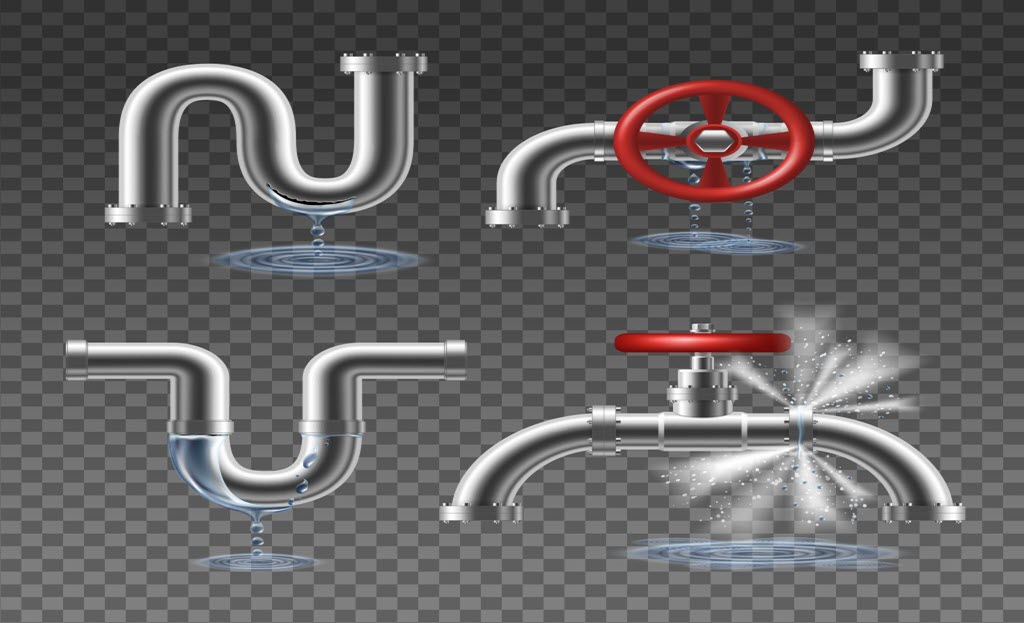Choosing the right trap for your plumbing system can seem confusing. Both S traps and P traps are common, but they serve different purposes and have distinct features. This guide will clarify their differences, Plumbing S Trap vs P Trap, benefits, and help you decide which one is right for your needs.
What is a Trap in Plumbing?
A trap is a plumbing device designed to prevent sewer gases from entering your home. It also catches debris that could clog the plumbing system. Traps work by creating a water seal that blocks these gases.
The S Trap Explained
The S trap is named for its S-shaped curve. It is commonly used in older plumbing systems. The S trap forms a seal with water in the bottom part of the bend. This design allows the trap to maintain a water seal to block sewer gases.
Advantages of S Trap
- Simple Design: Easy to install with fewer parts.
- Cost-Effective: Generally cheaper than P traps.
- Space-Saving: Suitable for tight spaces.
Disadvantages of S Trap
- Siphoning Issue: Can easily lose the water seal if there is a lot of water flow.
- Regulations: Many building codes now require P traps due to the siphoning problem.
- Clogging: More prone to clogging due to its design.
The P trap is named for its P-shaped curve. It is the most common trap used in modern plumbing systems. The P trap has a bend that maintains a constant water seal, preventing sewer gases from escaping.
The P Trap Explained
The P trap is named for its P-shaped curve. It is the most common trap used in modern plumbing systems. The P trap has a bend that maintains a constant water seal, preventing sewer gases from escaping.
Advantages of P Trap
- Stable Water Seal: Less likely to lose the water seal compared to an S trap.
- Compliance: Meets most modern building codes and standards.
- Less Clogging: Less prone to clogging due to its design.
Disadvantages of P Trap
- Space Requirement: Requires more space under the sink.
- Installation Complexity: Slightly more complex installation compared to S traps.
- Cost: Typically more expensive than S traps.
Key Differences Between S Trap and P Trap
Design and Shape:
- S Trap: Has an S-shaped curve.
- P Trap: Has a P-shaped curve.
Water Seal Stability:
- S Trap: Can lose water seal due to siphoning.
- P Trap: Maintains a stable water seal.
Installation and Space:
- S Trap: Easier to install, requires less space.
- P Trap: More complex installation, needs more space.
Code Compliance:
- S Trap: Often not compliant with current building codes.
P Trap: Generally meets modern code requirements.
Which Trap is Right for Your Plumbing?
Considerations for Choosing a Trap
- Building Codes: Always check your local plumbing codes. Many areas require P traps due to their reliability in maintaining a water seal.
- Plumbing Layout: If you are working with an older system that already has S traps, you might need to replace them with P traps for better performance and code compliance.
- Space Constraints: If space is limited, S traps might seem attractive, but P traps are the better choice for modern plumbing systems.
- Cost vs. Reliability: While S traps may be cheaper, P traps offer better reliability and compliance with current plumbing standards.
Installation Tips for P Traps
- Measure Carefully: Ensure you have enough space for the P trap under your sink or fixture.
- Follow Instructions: Use manufacturer instructions for installation to avoid leaks.
- Check for Leaks: After installation, run water through the system and check for any leaks.
What are the advantages of P-traps over S-traps?
When comparing P-traps to S-traps, several clear advantages make P-traps the preferred choice in modern plumbing systems. Here’s why P-traps generally have the upper hand:
1. Better Water Seal
Consistent Seal: P-traps maintain a stable water seal due to their design. The shape ensures that the water level remains constant, effectively blocking sewer gases from entering the home.
Reduced Siphoning: Unlike S-traps, P-traps are less likely to lose their water seal. This is crucial in preventing unpleasant odors and harmful gases from escaping through the plumbing system.
2. Compliance with Modern Building Codes
Code Requirements: Many local and national plumbing codes now require P-traps for new installations and renovations. This is because P-traps provide a more reliable water seal, which is essential for health and safety.
Regulatory Standards: Building codes are updated regularly to ensure the safety and efficiency of plumbing systems. P-traps meet these updated standards, while S-traps often fall short.
3. Reduced Risk of Clogging
Design Efficiency: The design of a P-trap helps reduce the risk of clogs. The curved shape allows debris to settle in the trap, but it generally doesn’t accumulate as much as it can in an S-trap, where debris might settle in areas more prone to blockage.
Ease of Cleaning: When clogs do occur, P-traps are usually easier to clean or replace without significant disruption to the plumbing system.
4. Greater Versatility in Installation
Flexible Placement: P-traps are more versatile in terms of installation locations. They can be used in a variety of settings and plumbing configurations, making them suitable for both new installations and upgrades.
Space Considerations: While P-traps require more space than S-traps, their design allows for more flexible placement and adaptation to different plumbing layouts.
5. Improved Functionality
Effective Odor Control: P-traps are more effective in controlling odors from the sewer system. The constant water seal ensures that unpleasant smells are kept out of living spaces.
Operational Efficiency: P-traps generally operate more smoothly, as their design minimizes the risk of airlocks and other issues that can affect the flow of wastewater.
6. Durability and Longevity
Material Strength: P-traps are typically made from durable materials like PVC, copper, or brass, which can withstand higher pressures and more frequent use compared to some older S-trap designs.
Long-Term Performance: With proper installation and maintenance, P-traps offer reliable long-term performance, reducing the need for frequent repairs or replacements.
Conclusion
Choosing between an S trap and a P trap largely depends on your plumbing needs and local building codes. While S traps are simpler and cost-effective, they are less reliable and often not code-compliant. P traps, though more complex and costly, provide better performance and adhere to modern regulations. Always consult a professional plumber to determine the best choice for your specific situation. Making the right choice ensures a more efficient and compliant plumbing system in your home.
By understanding these differences, you can make an informed decision that balances cost, functionality, and compliance with current plumbing standards.




